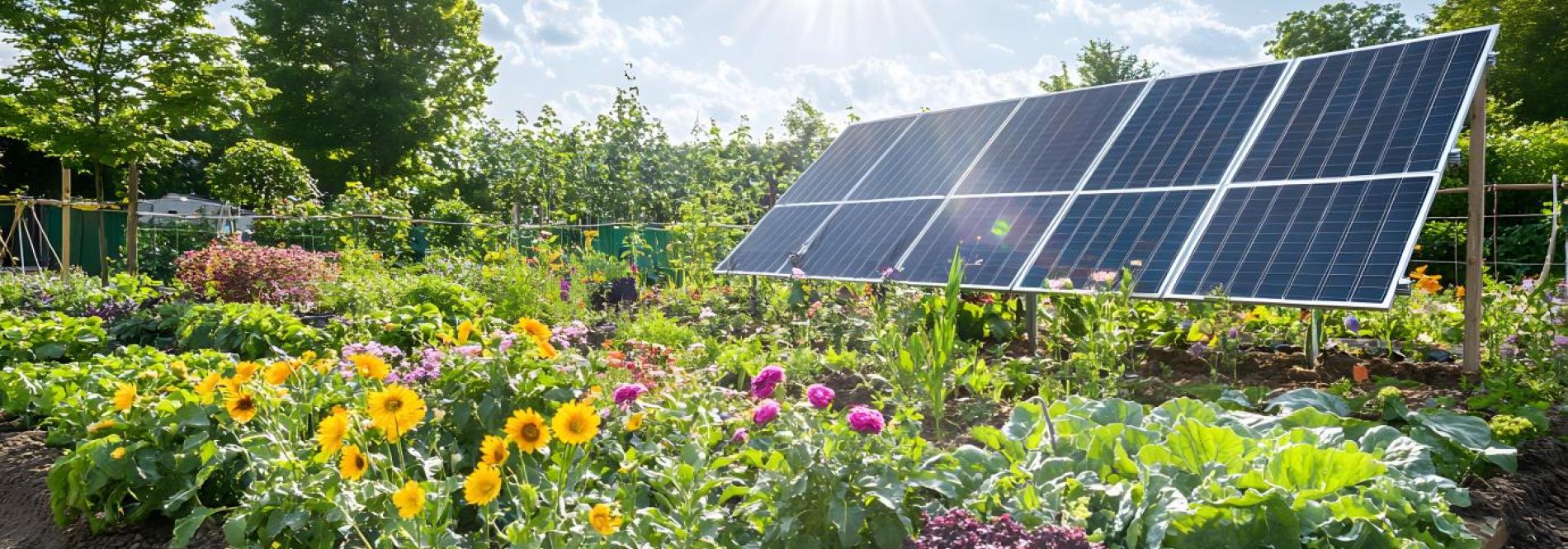
Beneficial Electrification (BE) is the practice of replacing fossil fuel-powered equipment and appliances with electric alternatives to:
- Reduce emissions
- Lower costs
- Improve energy efficiency
- Strengthen the grid
This strategic shift toward electrification applies to many aspects of daily life - from home heating and cooking to transportation and industrial processes.
The "beneficial" aspect means the change must satisfy at least one of the following criteria without adversely affecting the others:
- Saving consumers money over time
- Reducing environmental impact
- Improving product quality or consumer quality of life
- Facilitating better grid management
If you're like most Americans, you're interested in saving money on energy costs and doing your part to help the environment. Beneficial electrification lets you accomplish both goals simultaneously. As utilities like LPEA shift toward renewable energy sources and implement cleaner generation technologies, the environmental impact of electricity continues to decrease. This means that every electric device you use becomes progressively cleaner over its lifetime without any additional action on your part.
How Does BE Impact You?
When you choose electric appliances - from water heaters and clothes dryers to ovens and outdoor power equipment - you invest in technology that becomes greener over time. Unlike gas appliances, which are locked into their initial environmental impact and can become progressively less efficient, electric appliances benefit from continuous improvements in grid efficiency and renewable energy adoption, and they continue to reduce their carbon footprint over time.
Consider this:
Most large appliances have a lifespan of about 10 years. An efficient electric oven purchased today could be powered predominantly by renewable sources within a few years as the grid becomes cleaner. This automatic improvement in environmental performance is unique to electric appliances and represents a key advantage of BE.
Small Steps for a Better Environment
Homeowners can embrace BE through various means:
- Converting to electric heat pumps for heating and cooling
- Installing electric water heaters
- Switching to electric vehicles
- Using electric outdoor power equipment
- Adopting electric cooking appliances
- Installing smart thermostats
- Utilizing battery energy storage systems
These changes often bring additional benefits beyond environmental impact. Electric equipment tends to be quieter, requires less maintenance, and provides better indoor air quality compared to fossil fuel alternatives.
How LPEA is Supporting BE?
LPEA is committed to supporting our members' transitions to BE through:
- Renewable energy programs
- Energy efficiency incentives
- Rebates for electric appliances, outdoor equipment, e-bikes, and EV chargers
- Smart home technology support
- Energy monitoring tools and applications
Learn More About Beneficial Electrification
For additional information about BE, consult these resources:
- Love Electric
- Beneficial Electrification League
- Department of Energy
- Environmental Protection Agency
- EPRI's Beneficial Electrification Initiative
- Smart Electric Power Alliance
Contact LPEA, your trusted energy partner, to discuss:
- Available renewable energy options
- Energy efficiency programs
- Rebates and incentives
- Home energy assessments
- Electrification strategies for your specific needs
- Stackable electrification incentives
Together, we can create a cleaner, more sustainable future through beneficial electrification. While individual actions may seem small, our collective shift toward electrification can significantly reduce both costs and emissions, benefiting our community and the environment.
